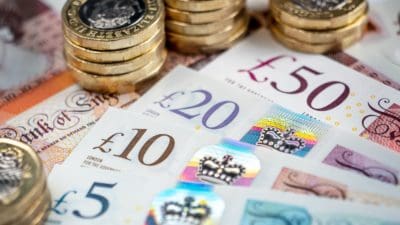Outstanding long-term returns can be achieved even if the FTSE 100 doesn’t break through 7,000 points for a long time — even for 10 more years. Here’s why.
Pay Attention To Economic Moats & Financials
It’s not difficult to identify companies that have strong economic moats — including pricing power, high market share (globally or domestically) and a strong brand, to name a few.
These are important elements that contribute to determine competitive advantages and high entry barriers in any industry. Economic moats must be considered along with the financial strength of any business, which should be gauged by monitoring balance sheets, profit and loss statements, and cash flow statements on a weekly/monthly basis.
Equally important, savvy investors must take into account the composition of the board and corporate governance rules of any investment candidate.
All the star performers included in this article not only have achieved outstanding returns over time, but are strategically well positioned to continue to deliver solid returns to their shareholders for a few years.
FTSE vs Value
Investors have been waiting since December 1999 for the FTSE 100 to break through 7,000 points, but stellar returns have been achieved during that period of time even though the main index traded well below 7,000.
Take such global companies such as British American Tobacco (+1,282% since January 2000, excluding dividends), Imperial Tobacco (+867%), Reckitt Benckiser (+867%), Associated British Foods (+854%), SABMiller (+532%), Shire (+523%) and Unilever (+240%). Of course, these companies will come under pressure if the FTSE suddenly drops to, say, 6,000 points, but their long-term prospects would remain intact at the present time. By comparison, and excluding dividends, your performance would be close to zero if you had invested in the FTSE 100 in early 2000.
Elsewhere, smaller entities such as Next (+1,442%) and Ted Baker (+565%), for instance, carry more risk because their expansion plans may dilute returns, but are similarly attractive. In this context, Tesco (+49%) is a textbook example of a company that has lost focus on its competitive domestic market while pursuing international growth.
Finally, to the “opportunistic trade” category belong such companies such as ASOS and SuperGroup, while the “high risk/uncertain returns” category includes small caps such as Blinkx, Monitise and Quindell, all of which have little track records, and whose competitive advantage isn’t obvious to me.
Business Cycle
At this point in the business cycle, the shares of miners and oil producers are likely to underperform those of companies operating in less cyclical sectors. That’s why they are less appealing in the short term and I would retain only minimal exposure to resources.
The CRB Commodity Index — a commodity futures price index — trades around its multi-year lows, and could hover around that level for a very long time, based on macroeconomic trends and forecasts. Low interest rates into 2017 and beyond also point to a sluggish business cycle, which has yet to prove it can support the prices of more cyclical stocks over the medium and long term.
Utilities and banks are not on my wish list, either.
Europe At A Glance
Europe is troubled, we all know that, but recent figures suggest moderate optimism and this is good news for UK stocks. According to S&P Capital IQ, S&P Euro 350 aggregate consensus earnings per share estimates for 2015 “have improved for all almost all sectors — energy and materials being the exceptions – with double digit earnings growth expected for this year”.
“Eurozone stocks currently rank among the 30-best performing markets globally in spite of poor growth assumptions.” That shows in retail sales growth, which “has rebounded to 2.8% at year-end 2015 from a low of -3.1% in October of 2012”, with consumer spending improving in Germany, France and Italy among others.







